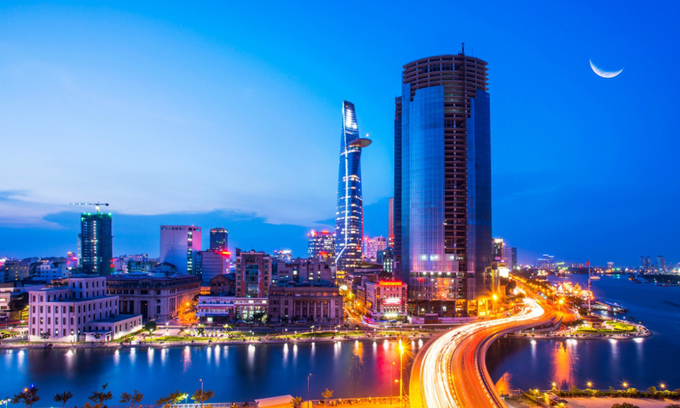
Asian property developers are looking at Vietnam with great interest, according to industry insiders, both Vietnamese and foreign.
Pham Lam, the CEO of real estate firm DKRA said that developers from mainland China, Hong Kong, Japan, South Korea, and Malaysia have been “very active” in the Vietnamese market for the last three to five years.
Last May Singapore giant, CapitaLand, launched its newest mid- and high-priced residential project in Ho Chi Minh City, De La SOL.
The development, scheduled for completion in the last quarter of 2020, is CapitaLand’s 12th in Vietnam.
Hong Kong newspaper South China Morning Post quoted the company as saying Vietnam was its third core market after Singapore and China.
Last year, Japanese investors Nishi Nippon Railroad and Hankyu Realty hooked up with a local property firm to develop a residential project with total investment of $350 million in Ho Chi Minh City.
Half of the funding came from the two Japanese firms, while the rest was put up by their local partner.
Japan’s Mitsubishi Corp. has also diversified its portfolio in Vietnam by, in 2016, buying into a property development project in Hanoi, which has total investment of $1.9 billion.
Chen Lian Pang, CEO of CapitaLand Vietnam, compared HCMC to Shanghai’s Pudong area more than a decade ago when it was undertaking a series of infrastructure works, including the subway and airport terminals, that helped boost property prices when completed.
HCMC could follow in the Chinese city’s footsteps, he said adding that property prices could increase four to five times in the next 10 years.
South China Morning Post quoted Kingston Lai, founder and chief executive of the Asia Banker’s Club, as saying that “Today, quality residences in Hanoi’s city center, on average, are sold at only around HK$1,500 ($191.32) per square foot (100 square feet = 9.3 square meters), half of Bangkok’s level.”
Another reason for the rapid influx of Asian developers is that the imminent growth of the property market is still in its early stages.
Vietnam is thus considered a new market, which offers more opportunities than those that have reached saturation point, Lam said.
Since Vietnam’s middle and upper classes are growing rapidly, the appetite for real estate is high, he said.
Market research firm Nielsen estimated the size of the middle class to reach 44 million by 2020 and 95 million by 2030.
This segment would be the main target of Asian investors, who are focusing on the high-end of the market, Lam said.
Another reason is Vietnam’s location, which makes travelling from and to most other Asian countries quick and easy, he said.
This makes it easier for developers to monitor and make timely decisions to achieve the best performance, he said.
He expected the wave of Asian investment to continue for the next several years.
In HCMC, 35,000 luxury apartments have come into the market in the last three years, according to real estate consultancy CBRE.
This is a major increase from 2012-14 when fewer than 10,000 units hit the market, it said.